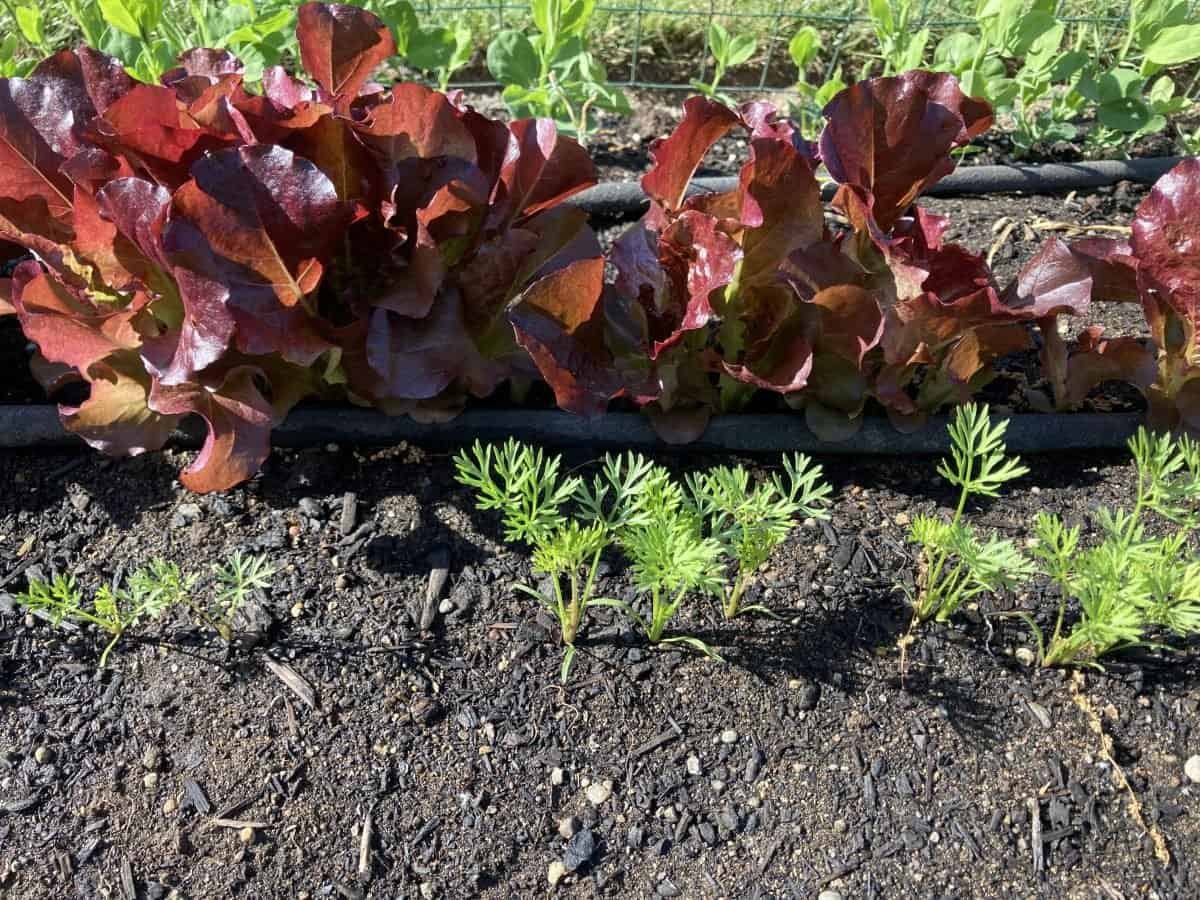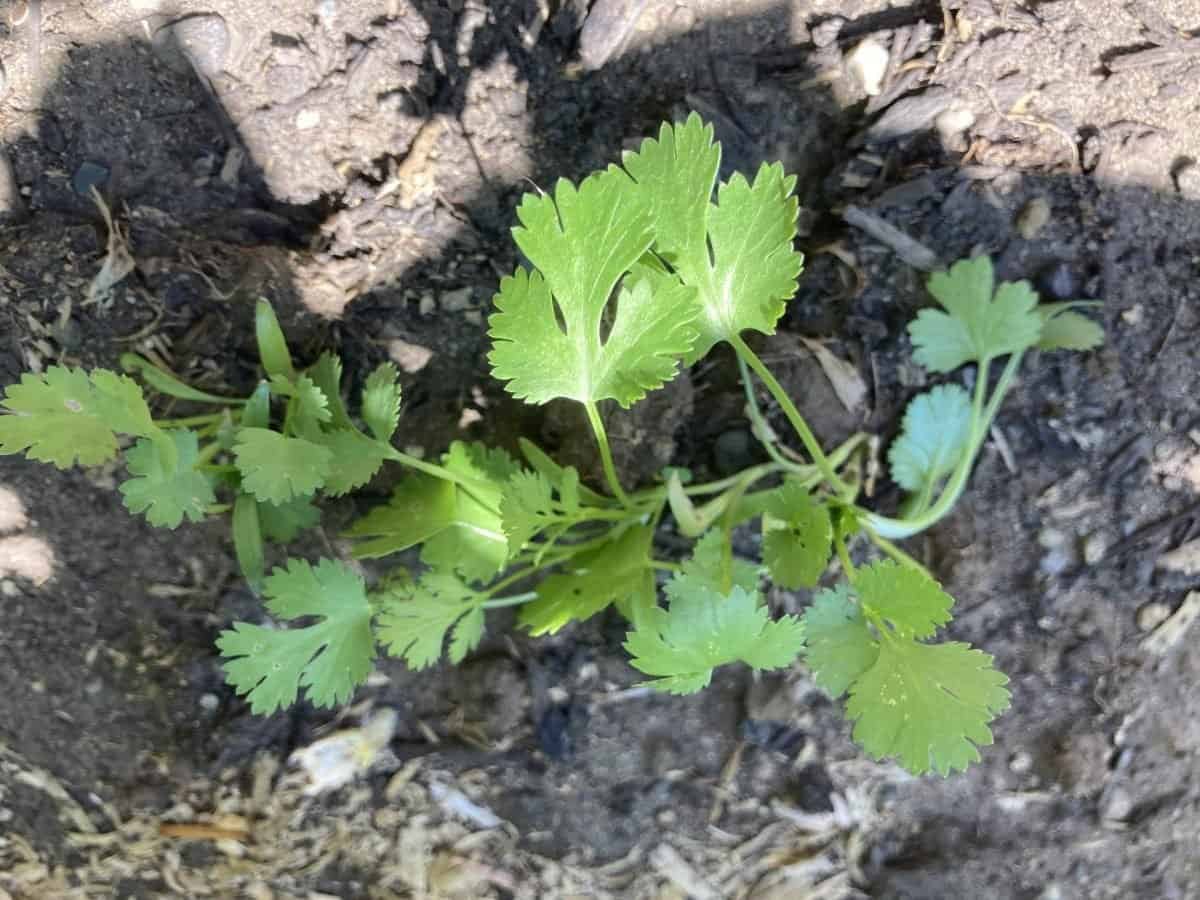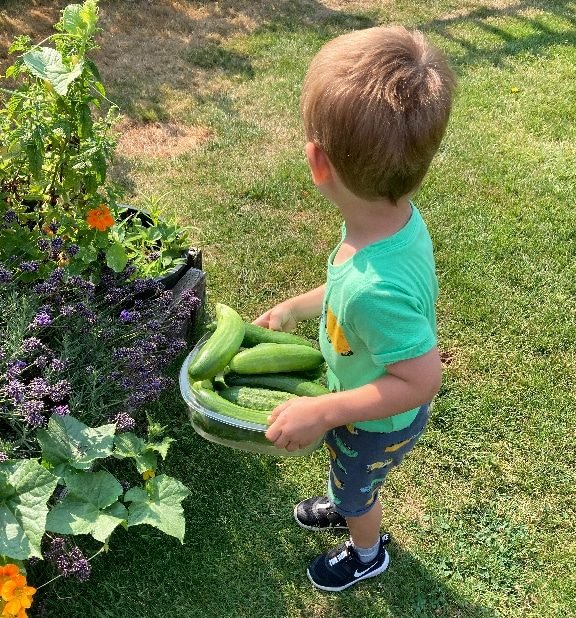Everything about Growing Lavender in your Garden
Lavender is a beautiful and fragrant plant that can add a touch of elegance to any garden. It is often associated with relaxation and aromatherapy, but it also has many practical benefits. One of the most compelling reasons to grow lavender is that it can help to repel pests and attract beneficial insects to your vegetable garden.
Many gardeners struggle with pests like aphids, whiteflies, and spider mites, which can damage crops and reduce yields. Chemical pesticides can be effective, but they can also harm beneficial insects like bees and butterflies. Lavender, on the other hand, is a natural pest deterrent that can help to keep unwanted insects at bay.
It also attracts pollinators like bees and butterflies, which are essential for the health and productivity of your garden.
In addition to its pest-repelling and pollinator-attracting properties, lavender is also a low-maintenance plant that requires very little water or fertilizer. It is drought-tolerant and can thrive in a wide range of soil types, making it an ideal choice for gardeners who are looking for a low-maintenance, high-impact addition to their vegetable garden.

Benefits of Lavender in Vegetable Gardens
Natural Pest Repellent
Lavender is a natural pest repellent that can help protect your vegetable garden from harmful insects. The scent of lavender is known to repel mosquitoes, flies, and moths. Planting lavender in your vegetable garden can help keep these pests away, reducing the need for harmful pesticides.
Attracting Pollinators
Lavender is also known to attract pollinators such as bees and butterflies. These pollinators are essential for the growth of many vegetables, such as tomatoes and peppers. By planting lavender in your vegetable garden, you can help attract these important pollinators and increase the yield of your crops.
Improving Soil Quality
Lavender is a natural soil conditioner that can help improve the quality of your soil. The roots of lavender plants produce compounds that can help break down organic matter in the soil, making it more fertile. Additionally, lavender can help prevent soil erosion and reduce weed growth, making it an excellent addition to any vegetable garden.
Choosing the Right Lavender Variety
There are many varieties of lavender to choose from, each with its unique features and benefits. Here are a few things to consider when selecting the right lavender variety for your vegetable garden:
Climate: Lavender is a Mediterranean plant and thrives in warm, dry climates. If you live in a cooler or humid climate, you may want to consider a hardier variety such as English lavender.
Size: Lavender plants come in various sizes, from compact varieties that grow up to 12 inches tall to larger varieties that can reach up to 3 feet in height. Consider the size of your garden and how much space you have available when choosing a lavender variety.
Color: Lavender flowers can come in shades of purple, pink, white, and even yellow. Consider the color scheme of your garden and choose a lavender variety that complements it.
Flowering Time: Different lavender varieties bloom at different times of the year. If you want a continuous supply of lavender flowers, consider planting a mix of early, mid, and late-blooming varieties.
Uses: Finally, consider what you plan to use your lavender for. Some varieties are better suited for culinary purposes, while others are better for making essential oils or potpourri. Choose a variety that aligns with your intended use.
Preparing Your Garden for Lavender
Soil Preparation
Before planting lavender in your vegetable garden, it’s important to ensure that the soil is well-draining and has a pH level between 6.5 and 7.5. Lavender prefers soil that is slightly alkaline, so adding lime to the soil can help raise the pH level. If the soil is too heavy, mix in some sand, compost, or other organic matter to improve drainage. It’s also a good idea to remove any weeds or rocks from the soil before planting.
Sunlight Requirements
Lavender plants require full sun to thrive, so it’s important to choose a location in your vegetable garden that receives at least 6-8 hours of direct sunlight each day. A location that is sheltered from strong winds is also ideal, as lavender plants can be damaged by strong gusts.
Water Requirements
While lavender plants are drought-resistant, they still require regular watering, especially during their first year of growth. Water the plants deeply once or twice a week, rather than giving them frequent shallow watering. It’s important to avoid overwatering, as lavender plants can be susceptible to root rot if the soil is too wet.
By preparing your vegetable garden with these factors in mind, you can create an ideal environment for growing lavender. With the right soil, sunlight, and water conditions, your lavender plants will thrive and provide a beautiful and fragrant addition to your garden.
Planting and Caring for Lavender
Planting Tips
Lavender is a hardy plant that can thrive in a variety of soil types, but it prefers well-draining soil with a pH between 6.5 and 7.5. It’s best to plant lavender in the spring or fall, and it’s important to choose a spot that gets at least 6-8 hours of sunlight per day.
When planting lavender, be sure to space the plants at least 12-18 inches apart to allow for proper air circulation. It’s also a good idea to add a layer of mulch around the plants to help retain moisture and suppress weeds.
Watering and Fertilizing
While lavender is a drought-tolerant plant, it still needs regular watering to thrive. Water the plants deeply once a week, especially during the first year of growth. Be sure to water at the base of the plant to avoid getting the foliage wet, which can lead to disease.
When it comes to fertilizing, lavender doesn’t need a lot of extra nutrients. In fact, too much fertilizer can actually harm the plant. A light application of a balanced fertilizer in the spring is usually sufficient.
Pruning and Harvesting
Pruning is an important part of caring for lavender, as it helps to keep the plant compact and encourages new growth. It’s best to prune lavender in the spring or fall after the plant has finished blooming. Be sure to cut back the stems by about one-third, being careful not to cut into the woody part of the stem.
Harvesting lavender is a simple process that can be done throughout the growing season. Simply cut the stems just above the foliage, being sure to leave at least two inches of growth on the plant. Hang the stems upside down in a warm, dry place to dry, then strip the flowers from the stems and store them in an airtight container.
Using Lavender from Your Garden
Lavender is a versatile herb that can be used in many different ways. Here are some ideas for using lavender from your vegetable garden:
Culinary Uses
Lavender can be used in cooking to add a unique flavor to dishes. It pairs well with sweet and savory dishes and can be used in both fresh and dried forms. Here are some ideas:
- Infuse honey with lavender for a sweet and floral flavor.
- Add lavender to baked goods, such as cookies, cakes, and scones.
- Use lavender in marinades and rubs for meat and poultry.
- Make lavender tea by steeping fresh or dried lavender in hot water.
DIY Projects
Lavender can be used in a variety of DIY projects, from home decor to personal care products. Here are some ideas:
- Make lavender sachets to freshen up your drawers and closets.
- Create la lavender wreath for your front door or as a centerpiece.
- Use lavender essential oil in homemade soap, lotion, and other beauty products.
- Make a lavender eye pillow for relaxation and stress relief.
Health and Wellness Benefits
Lavender has many health and wellness benefits, including its calming and soothing properties. Here are some ways to use lavender for health and wellness:
- Use lavender essential oil in a diffuser to promote relaxation and sleep.
- Add lavender to a bath for a soothing and relaxing experience.
- Make a lavender salve for minor cuts, burns, and insect bites.
- Use lavender oil as a natural remedy for headaches and migraines.
Recap
There are so many reasons to grow lavender in your garden that the most difficult thing you will face is which variety you want to grow.
You will find benefits from improving the soil for your garden to attracting pollinators that will improve the yield you get from your garden.
The beauty of having lavender in your garden from the great fragrance to the color it will add is an absolute reason to add it to your plant list.
For health reasons, you must grow this incredible plant.
It can also be added to many dishes to enhance the flavor when using edible varieties.
For all these reasons you will want to add lavender to your garden and I recommend you add several varieties and plant the lavender throughout your garden to enjoy along with the pollinators.
Don’t forget to take some cuttings to bring indoors to enjoy.




